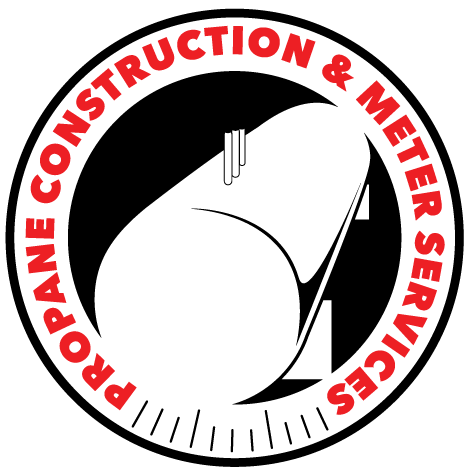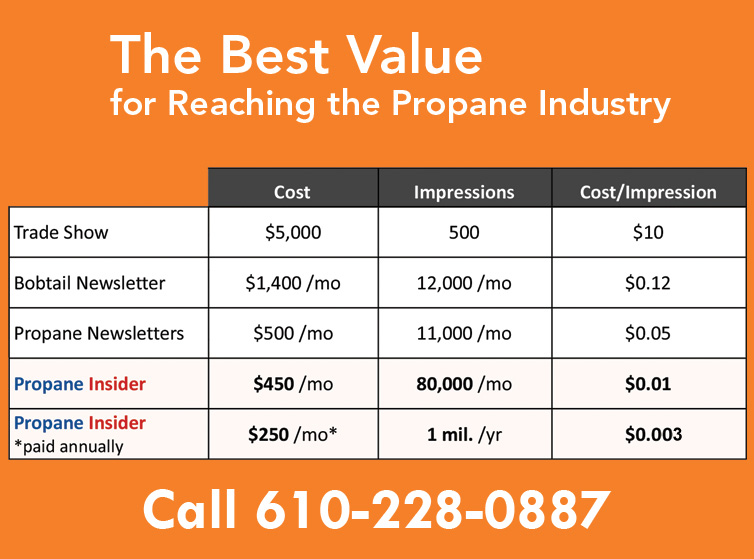Rising Promise: Renewable Propane’s Growth in Green Energy

Renewable Propane Gains Momentum in Green Energy
In the United States, a significant portion of propane production derives from natural gas processing and crude oil refining, which are not environmentally friendly technologies. However, a promising shift is underway as renewable propane, a byproduct of renewable diesel and sustainable aviation fuels (SAFs) production, takes center stage. These renewable sources primarily consist of plant and vegetable oils, animal fats, and used cooking oil.
Renewable propane boasts the same attributes as its conventional counterpart: reliability, portability, and power. Moreover, it offers a notable reduction in carbon emissions per unit of energy compared to many other fossil fuels. While renewable propane production remains relatively modest, industry experts widely agree that its potential for rapid expansion is substantial.
Scaling Up Renewable Propane Production
Jim Bunsey, Director of Commercial Business Development at the Propane Education and Research Council (PERC), shared insights on this burgeoning field: “Looking at what we’ve done for the past five years, we were shipping about 40 million gallons of renewable propane. By the end of this year, we’re going to be close to 100 million gallons, and by the end of 2024, we should be close to 200 million gallons. So, the scalability is coming up—more refineries are coming on.”
Assessing Carbon Intensity
One way to gauge a fuel’s environmental impact is through its carbon intensity (CI) score, which measures the grams of carbon dioxide equivalent per megajoule of energy (gCO2e/MJ) the fuel provides. This metric considers greenhouse gas emissions across the entire fuel lifecycle, from production to transportation to consumption.
Compared to conventional propane’s CI of around 79, renewable propane boasts a significantly lower CI, ranging from seven to 20.5. This variation depends on the feedstock used for production. Notably, conventional and renewable propane exhibit favorable CI values compared to the U.S. power grid’s average CI, which is approximately 130.
Growing Recognition of Renewable Propane’s Advantages
While California has led greenhouse gas reduction initiatives, other regions are following suit. The Pacific Coast Collaborative, involving California, Oregon, Washington, and British Columbia, aims to establish a West Coast market for low-carbon fuels, creating increased demand and investor confidence.
Interest in renewable propane is also gaining traction in the northeastern U.S. Massachusetts celebrated its first delivery of renewable propane, slightly pricier than traditional propane but with prospects of cost reduction as production increases. Leslie Anderson, President and CEO of the New England Propane Gas Association, highlighted the appeal of contributing to climate preservation.
Similarly, Vermont welcomed its initial shipment of renewable propane for heating purposes, demonstrating consumers’ interest in sustainable options. Levi Bourne, President of Bourne’s Energy, shared excitement about meeting customers’ demands with this eco-friendly alternative.
Jim Bunsey summarized the trend this way: “We’re starting to see demand. Most of the time, we see about a 12% to 20% blend with conventional propane. The best part is that we have a versatile range of options, capable of producing any desired blend with conventional and renewable propane on-site.”
As renewable propane gathers momentum, it promises a more sustainable energy future while delivering greater efficiency and reliability.
















